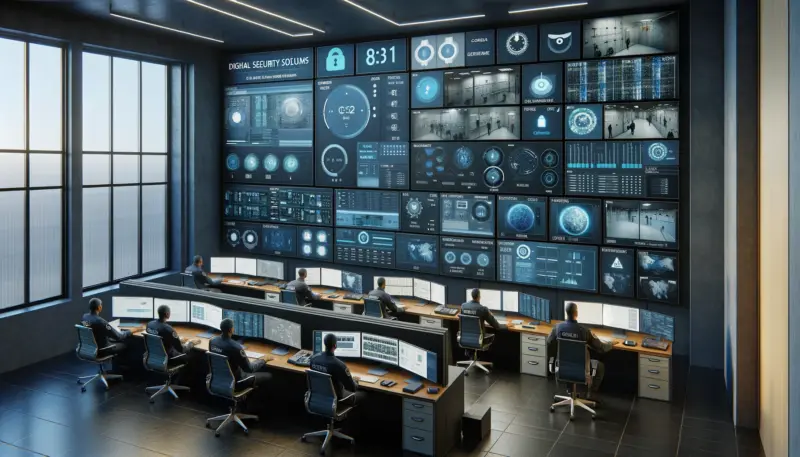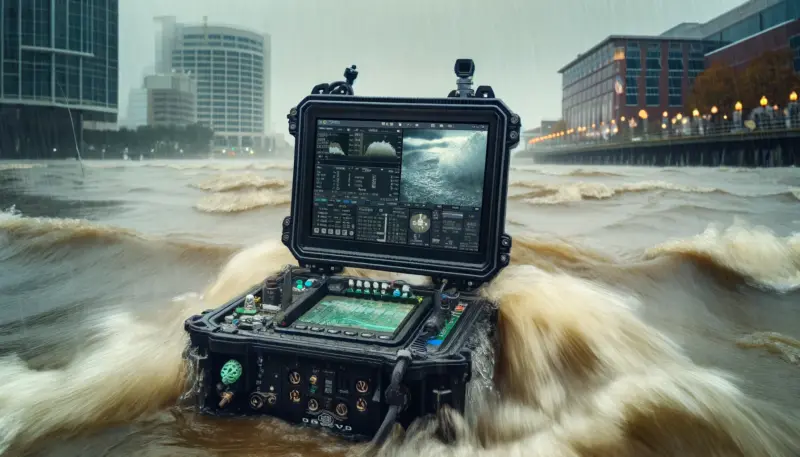Leveraging Smart Displays to Drive A Better Customer Experience
Smart displays in malls and retail stores offer a variety of information to guide consumer decision-making and behavior. But are today’s brick & mortar retail establishments taking full advantage of all the technological capabilities smart displays offer? meldCX’s Luke Foad and Intel IoT Group’s Stevan Dragas offer some insights and smart display trends retailers need to pay attention to if they want to be leaders in their space.
“From Intel’s side, we’ve been focused on providing platforms, technologies, products, and solution services to an ecosystem developing solutions to the end customers across a broad range of industries,” says Dragas. “So, our platforms are always maintaining three things: security, connectivity, and manageability. And we have the ecosystem that scales and utilizes those platforms, those services, that Intel helps develop for them to provide exact solutions to end-users.”
meldCX is one of those solutions providers that Intel partners with to make today’s advanced Smart Displays a reality. “From the consumer’s perspective, we want to craft store experiences where all the content we’re seeing is relevant,” says Foad. “Whereas from a retail perspective, we want to maximize the opportunity in store.” Any information retailers can learn about shopping behavior through the smart display process can help focus efforts on better retention and increased basket sales.
With all the camera and smart display technology available in retail environments, can too much technology be bad? Are consumers and retailers concerned with privacy? Dragas said privacy is top of mind when Intel develops its solutions. “Whenever we talk about screens and intelligent screens, there is a clear determination between detection, detecting the audience, detecting the age group, detecting the environment, versus recognizing. There is no recognition without consumers, without people opting in.”
A customer could opt-in through a brand’s loyalty program. Once opted in, smart display technology solutions deployed in self-check-in terminals can utilize advertising on the screen. These displays can also connect to one-to-one advertising that the brand or retailer drives through the app on a smartphone device.
Ultimately, smart display technology’s driving mantra is better customer experience. The more accurate the demographic targeting is, the better the results for customers and retailers alike. Dragas notes retail customers meldCX work with see an uptick in purchasing and customer satisfaction using such technology solutions.
Learn more about retail and hospitality technology solutions by connecting with Luke Foad and Steven Dragas on LinkedIn or visit:
Subscribe to this channel on Apple Podcasts, Spotify, and Google Podcasts to hear more from the Intel Internet of Things Group.



